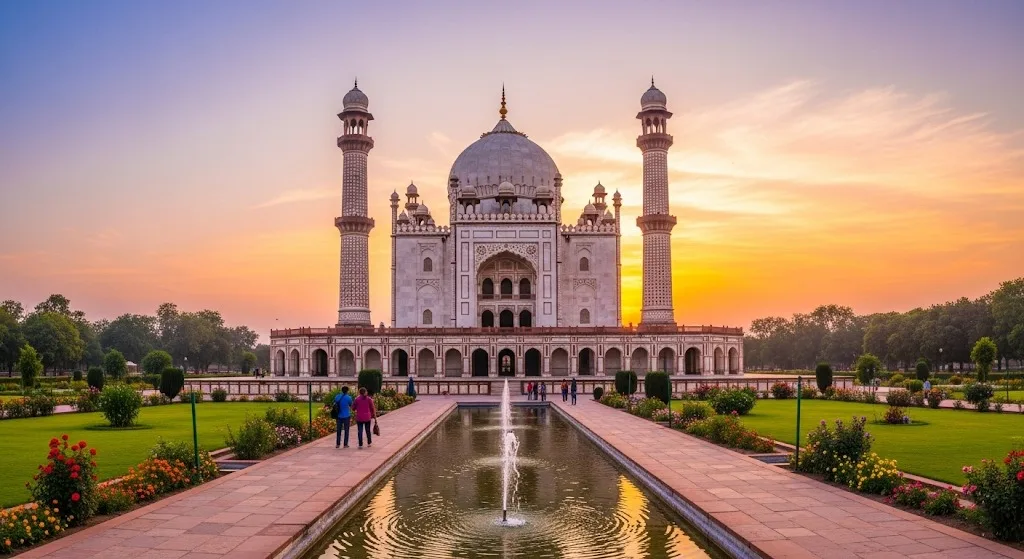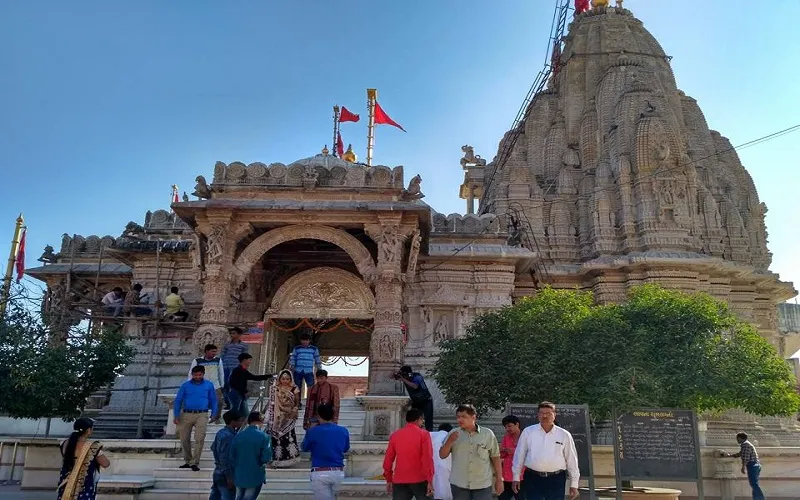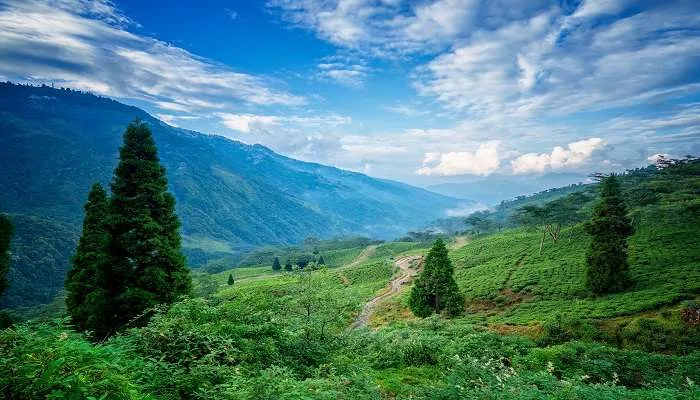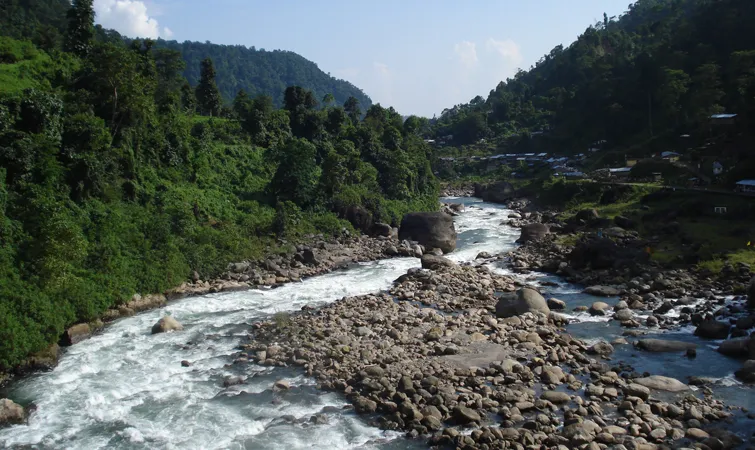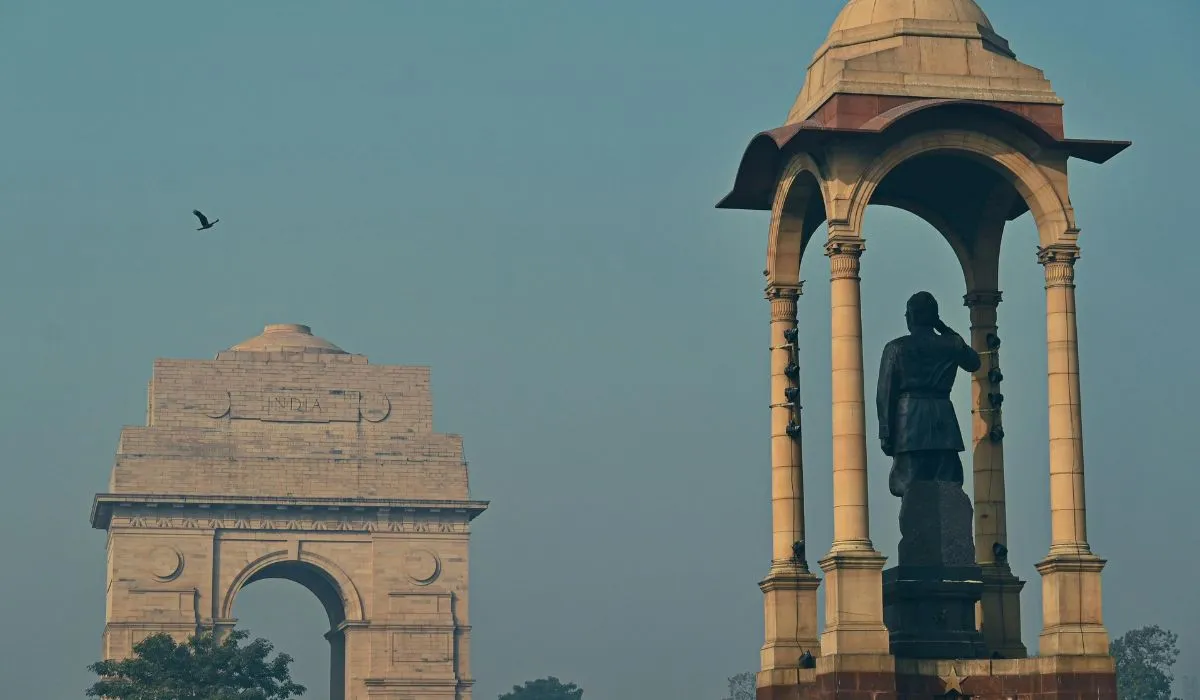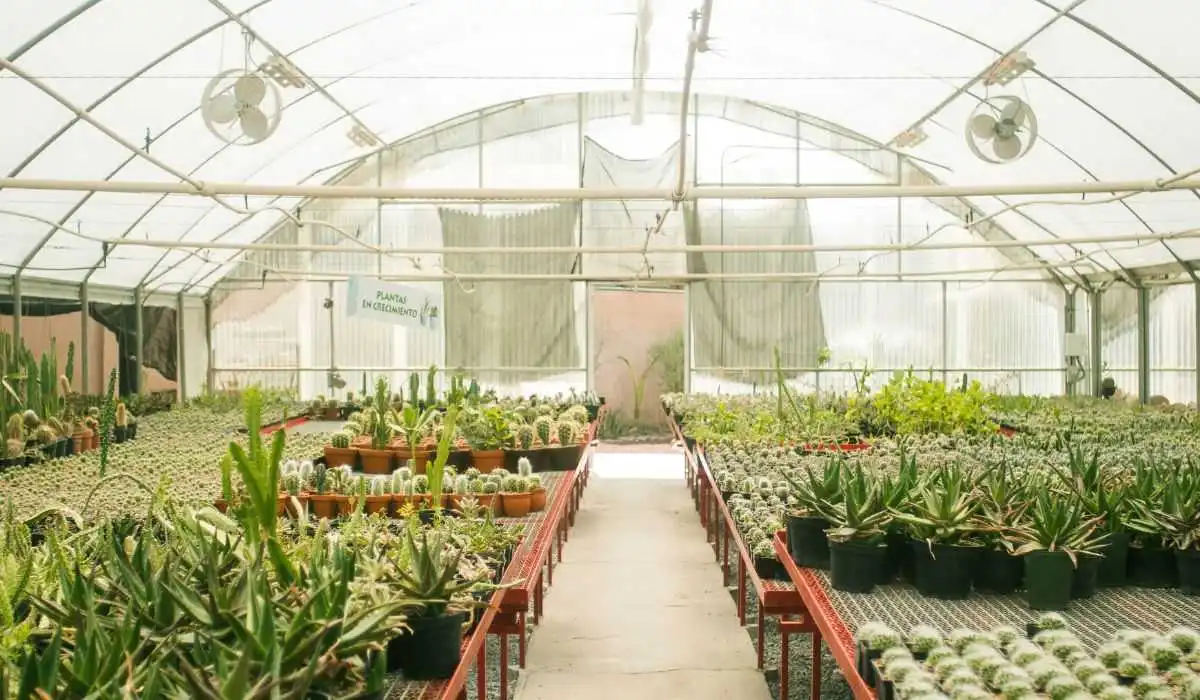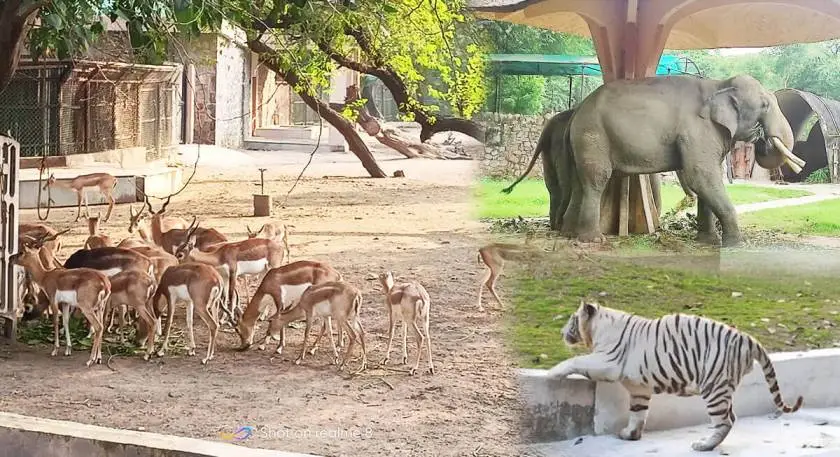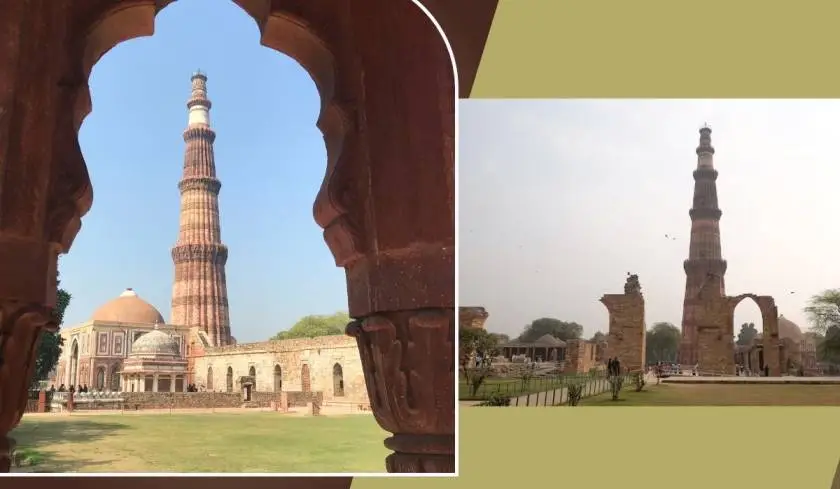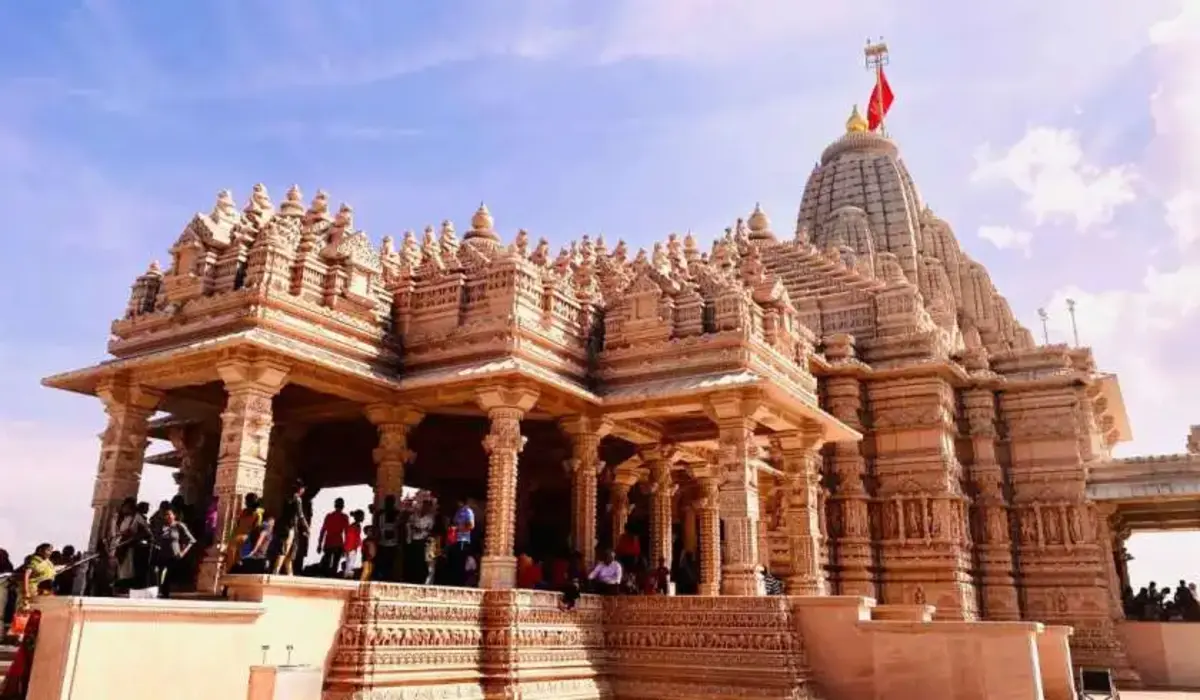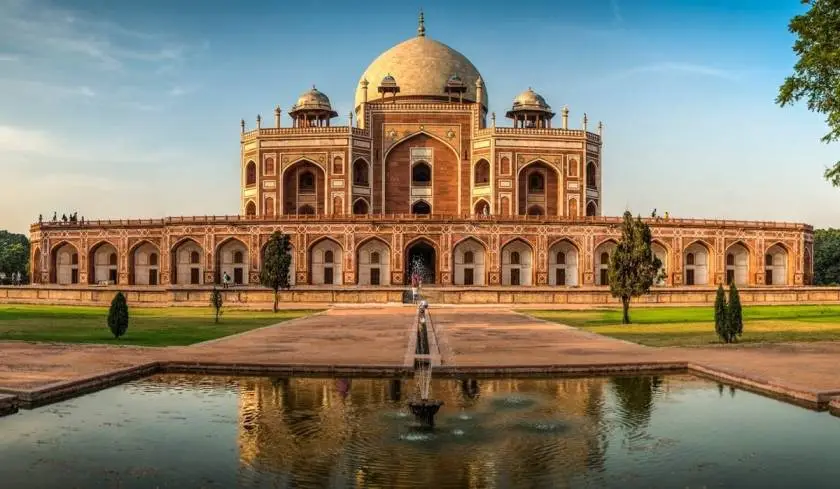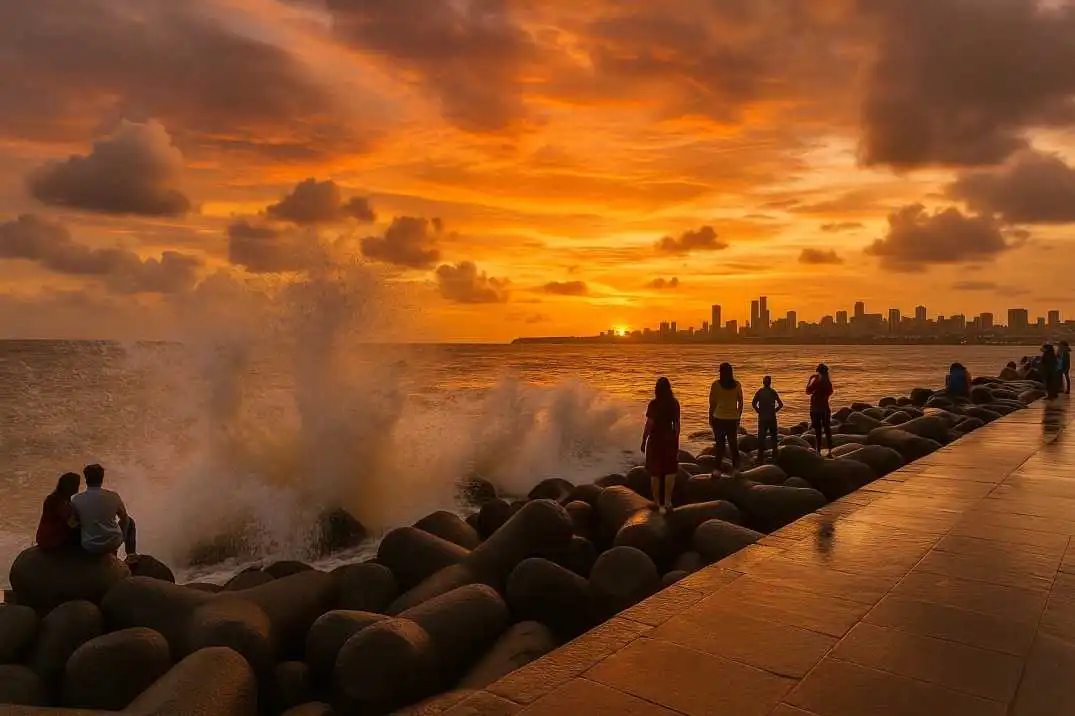Some places don’t beg for your attention. They don’t shine, shout, or compete. They just wait quietly until you notice them. Bibi Ka Maqbara is one such place. Set in the old city of Aurangabad, this 17th-century structure is often dubbed the “Mini Taj Mahal.” But calling it that feels… unfair. It isn’t trying to be the Taj. It’s something else. More intimate. More personal. A soft echo of a son's love for his mother, carved into stone.
A Son’s Grief, Etched in Stone
This isn’t just architecture it’s a feeling. Built in 1661 by Prince Azam Shah for his mother Dilras Banu Begum, this monument carries the emotional weight of memory. He had little money. The budget was tight. Yet the design? Tender. Modest. True.
Beauty Without Excess
- It appears like the Taj Mahal.
- It has symmetrical gardens. But this is no copy.
- Stone and lime plaster have been used to construct Bibi Ka Maqbara.
- It has marble touches on the dome and façade. The effect? Honest. Calming.
- On the other hand, Taj Mahal is all marble.
- Walk along the water channels. They don’t always flow. But somehow, they still carry peace.
The Kind of Silence You Notice
You won’t find long lines here. No rush. No pushing. Most days, it’s just a handful of visitors—locals, students, the odd couple from out of town. Sit under a tree. Watch the pigeons flutter past the dome. Listen to the air. There’s a kind of stillness that settles here. Not emptiness—just presence. People don’t just visit this place. They rest in it.
Aurangabad’s Forgotten Legacy
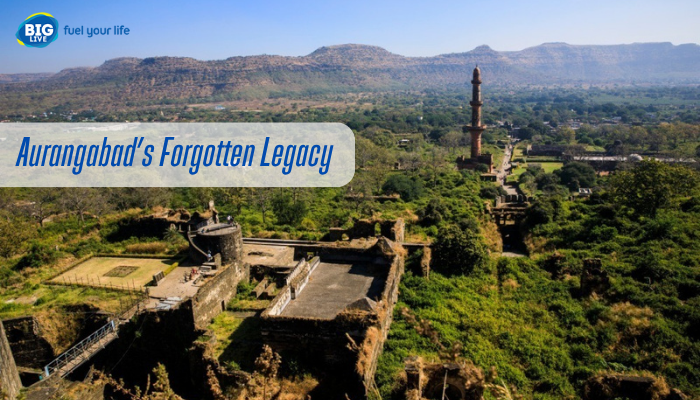
Aurangabad is full of surprises. A city that once held majestic dreams presently lives in calm corners and layered streets. Not distant from the Maqbara lies Panchakki, a centuries-old water process. A brief drive absent is the overwhelming Daulatabad Fortification, with its labyrinths and gaps. And, of course, the hypnotizing Ellora and Ajanta Caves, where whole mountains were turned into sculpture. Bibi Ka Maqbara fits into this fabric—not as the primary feature, but as the calm verse between louder stanzas.
How to Get There and When to Go
Location
Roughly 15–20 minutes from the center of Aurangabad. You can grab a rickshaw or a cab. Even locals know the way by heart.
Best Season
- October to March is perfect. Crisp mornings, golden afternoons.
- Aim for sunrise or early evening. The light makes everything glow.
Entry Fee
- 25–30 for Indian visitors
- 300 for foreign nationals
- Still one of the best-value heritage experiences you’ll find.
Amenities
Washrooms, food shops, souvenir shops are available.
Inside the Dome: A Room for Remembrance
The main chamber isn’t large, but it holds weight. The false tomb under the dome is circled by a carved marble screen. The real resting place lies below, in a crypt. It’s not crowded. No roped-off areas. You can walk around, pause, maybe even whisper a prayer if that’s your way. Everything inside seems built to remind you: grief doesn’t need grandeur to be powerful.
Read also :- Top Instagrammable Spots in Mumbai and Pune in 2025
More Than a ‘Mini’ Anything
Let’s be clear—Bibi Ka Maqbara isn’t a replica. Yes, the influence is obvious. But this isn’t a Taj Mahal in miniature. It’s a different message entirely. Here, local Deccan artisans left their mark. Persian inspiration mixed with regional flair. Every floral motif, every arch—meant to soothe, not dazzle. Call it what you like. But don’t reduce it. It stands in its own right.
Visitor FAQs – Quick Answers
|
Question |
Answer |
|
Is the dome very tall? |
It’s around 30 meters. Not giant, but elegant. |
|
Can I enter the tomb area? |
Yes, it’s open to all. |
|
Is photography allowed? |
Yes. Just be respectful. |
|
Is the place wheelchair accessible? |
Yes, but assistance is needed |
|
Are guides available on site? |
Yes. And many share stories passed down generations. |
|
What else is nearby? |
Panchakki, Aurangabad Caves, and textile markets. |
Not Just a Monument—A Memory Kept Alive
The ASI (Archaeological Survey of India) continues to care for the Maqbara. Walls are reinforced. Pathways cleaned. Water channels slowly restored. But preservation is more than maintenance. It’s about how we show up—without trash, with curiosity, and with respect. You don’t need to be a historian to appreciate this place. Just someone who understands that quiet things matter.
2 Days in Aurangabad: Where Past Meets Present
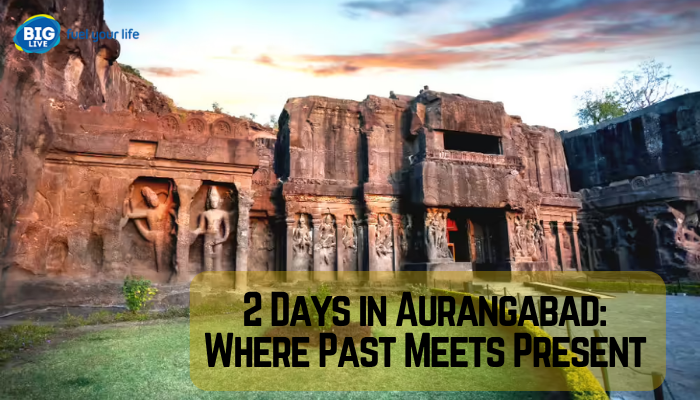
Day 1
- Start early at Bibi Ka Maqbara
- Head to Panchakki
- Eat at a local dhaba—try the mutton curry
- End with an evening walk in the old city
Day 2
- Spend the day at Ellora Caves
- Optional: Stop at Daulatabad Fort if energy allows
Stay Options
- Budget: Hotel Atithi
- Mid-range: Ambassador Ajanta
- Luxury: Lemon Tree or Vivanta
A Last Thought: The Sound of Stones Remembering
No grand goodbye. But something will stay with you. Maybe it’s the soft light through the lattice. Maybe it’s the calm. Or maybe it’s just the reminder that monuments aren’t always about power. Sometimes, they’re just about people. And love. And time.



